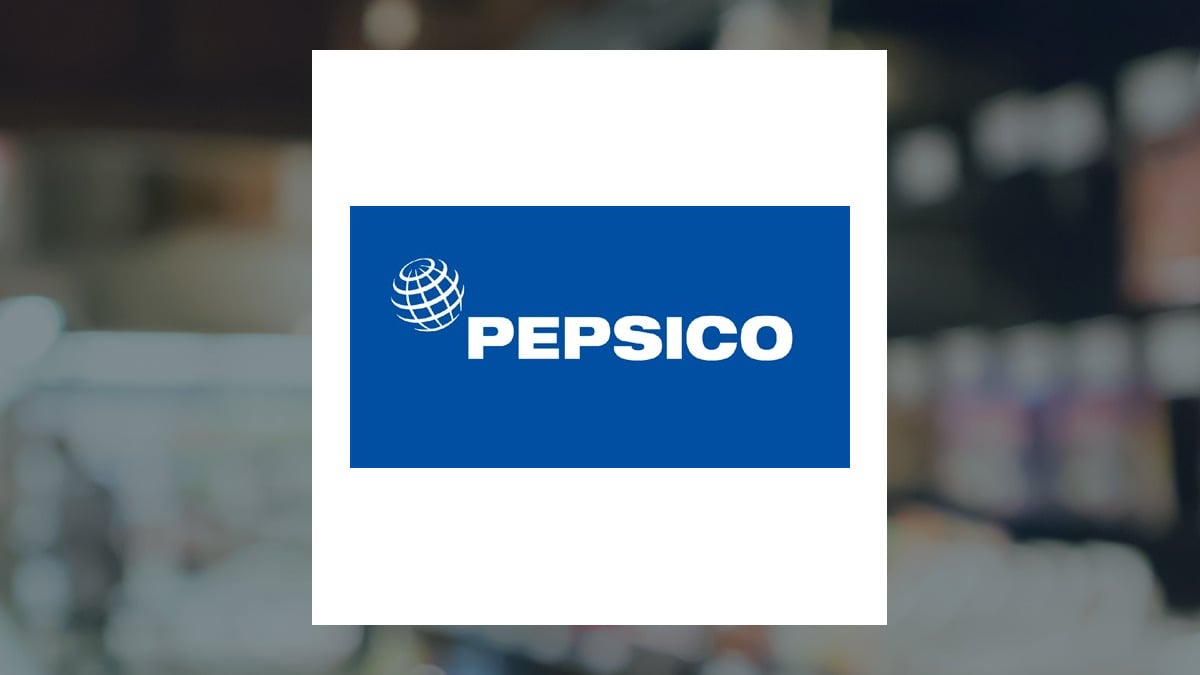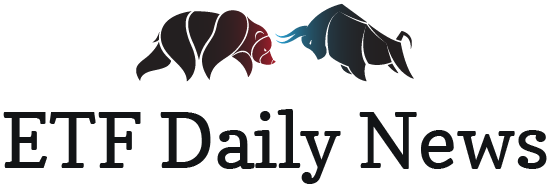 The company’s positive revenue growth trend is driven by organic growth and strategic acquisitions, despite rising operating costs in 2024. Management initiatives focus on increasing revenue, productivity, and cost savings, with a strong emphasis on managing risks like fluctuating commodity prices and external factors. Key performance indicators show profitability improvements, but market share decline due to e-commerce trends. Risk assessment highlights external risks like geopolitical conditions and cybersecurity threats managed through system upgrades. Forward guidance emphasizes strategic initiatives, competitiveness, and growth opportunities to ensure long-term success and sustainable growth.
The company’s positive revenue growth trend is driven by organic growth and strategic acquisitions, despite rising operating costs in 2024. Management initiatives focus on increasing revenue, productivity, and cost savings, with a strong emphasis on managing risks like fluctuating commodity prices and external factors. Key performance indicators show profitability improvements, but market share decline due to e-commerce trends. Risk assessment highlights external risks like geopolitical conditions and cybersecurity threats managed through system upgrades. Forward guidance emphasizes strategic initiatives, competitiveness, and growth opportunities to ensure long-term success and sustainable growth.
Executive Summary
Financials
The trend in revenue growth over the past three years has been positive, driven primarily by organic revenue growth and excluding items not indicative of ongoing performance. Strategic acquisitions and divestitures have also played a role in shaping this upward trend. Operating costs, including transportation and labor costs, have increased in 2024. Fluctuating commodity prices, impacted by external factors like the conflict in Ukraine, inflation, weather conditions, supply chain disruptions, and labor shortages, may continue affecting costs. Managing risks through fixed-price contracts and derivative instruments is crucial. The company’s net income margin is 14.9%, which has improved by 0.2 percentage points. This is slightly higher than industry peers, showing a positive trend in profitability.
Management Discussion and Analysis
Management has focused on increasing net revenue growth, productivity savings, and reducing operating costs in various regions such as EMEA and APAC. These initiatives have led to positive outcomes, with net revenue growth, volume growth, and operating profit improvements in some regions. Management assesses the company’s competitive position by monitoring retail landscape disruptions, such as the growth of e-commerce, retailer consolidation, and international market challenges. They focus on building e-commerce capabilities and maintaining relationships with retailers to mitigate any negative impact on future results. The major risks identified by management include ERP system implementation challenges and updating internal financial controls. Mitigation strategies involve ongoing systems implementation, business process modifications, and updating internal controls for effective risk management.
Key Performance Indicators (KPIs)
Risk Assessment
Potential carbon pricing programs, international operations risks due to foreign exchange fluctuations and geopolitical conditions, and imposition of taxes and regulations on products are the top external factors posing risks to the company’s operations and financial performance. PEP assesses and manages cybersecurity risks by updating internal controls and systems in phases, as part of a global business transformation initiative. They continue implementing Enterprise Resource Planning systems to accommodate changes in business processes and accounting procedures. PEP faces litigation and regulatory proceedings, but management believes they won’t materially affect financials. They closely monitor economic and political risks in markets and take actions to mitigate impacts.
Corporate Governance and Sustainability
The board of directors at PepsiCo, Inc. includes officers authorized to establish terms for notes. There are no notable changes in leadership or independence mentioned in the given information. The company’s governance practices and workforce diversity are not addressed in the provided context. There is no mention of a commitment to board diversity. PEP does not specifically disclose sustainability initiatives or ESG metrics in the report. However, it demonstrates commitment to responsible business practices by updating internal controls during global business transformation initiatives and addressing legal proceedings and regulatory matters in a transparent manner.
Forward Guidance
The company’s forward-looking guidance addresses strategic initiatives and priorities by focusing on future operating performance, events, and developments. Risks associated with conflicts, demand, reputation, competition, workforce, supply chain, and geopolitical conditions are considered. PEP is factoring in the trend of total marketplace spending, including sales incentives and discounts, in its forward-looking guidance. It plans to capitalize on these trends by offering various programs to customers and consumers, including advertising and marketing activities to drive sales growth. The company’s forward-looking guidance includes strategic shifts in investments and competitiveness, as indicated by the statements on seeking growth opportunities, setting goals, and outlining future plans. This reflects a commitment to long-term success and sustainable growth.
For more information:
This article was created using artificial intelligence technology from Klickanalytics.
